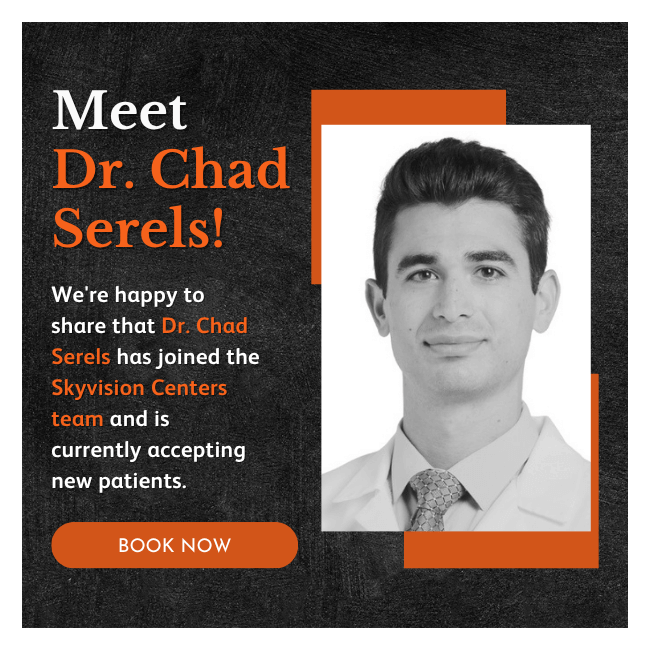Did you know, cataracts are the leading cause of blindness in the world? Cataracts affect nearly 20.5 million Americans age 40 and older.* If you are over the age of 50, you should have a yearly comprehensive eye exam to detect cataracts as they develop. A cataract is the clouding of the lens in your […]
Eye Exams 101
Regular comprehensive eye exams are key to early detection of eye-related diseases to keep you seeing your best every day. Adults should have a comprehensive eye exam every 1-2 years. Children should have an eye exam as early as 6 months, before they start school, and then every 1-2 years. If you or your family […]
What Causes Red Eye in Photos
Digital photo retouching may be almost as popular as selfies are, but that doesn’t mean that it’s always easy to remove distracting red-eye effects from photos. Why does that happen anyway? The explanation is simple, and so is avoiding the problem. What is Red Eye? Red eye is the term used to describe the bright […]
Get the Facts About Lazy Eye
Lazy eye, or amblyopia, occurs when one eye fails to reach normal visual acuity, even with prescription lenses. In most cases, this begins in infancy and early childhood. If left untreated, lazy eye can result in blindness, loss of vision, or the abnormal development of a child’s eyes. What causes lazy eye? Lazy eye occurs […]
Flashes, Floaters, and Spots: What’s in my Vision?
Have you noticed tiny shadows cast upon objects you are looking at? Do you see small spots in your vision when looking at a clear or overcast sky? You may be seeing floaters and spots in your field of vision. What is the spot in my vision? It is completely normal to see spots or […]
FAQs: About My Symptoms
An overview and explanation of common eye symptoms. Whether you or someone you know is suffering from a common eye-related condition, we know that you want the facts! Here are some of the most common questions and eye-related disorders we see in our office every day. If you are experiencing any of these eye symptoms […]
Don’t Forget UV Protection This Winter
Most people think of sunglasses as summer gear, but in some ways, it’s even more important to wear sunglasses in certain winter conditions than in the warm summer months. Thanks to public awareness campaigns about the risks of skin cancer, more people are aware that UV rays and intense sunlight are bad for our skin. […]
Eye Color & Genetics
Ever wonder why your eyes are blue, green, brown, or somewhere in between? The colored part of your eye, the Iris, contains pigmentation which determines our eye color. Your parents pass on chromosomes which combine to customize your eye color. How eye color develops Eye color is not as simple as other genetic traits. Three […]
How to Clean Your Eyeglasses
If eye care professionals cringe when they see you clean your glasses, and your lenses don’t last long before they are scratched, then it’s probably time to update your eyeglass cleaning habits! To make sure your lenses stay clear and crisp as long as possible, follow these lens cleaning instructions. First, wash your hands and […]
Preventing Snow Blindness, Sunburn for Your Eyes
We take many precautions to avoid sunburn on our skin, face, and lips, but have you ever thought about your eyes? Many are surprised to learn our eyes can also acquire sunburn. This condition is known as photokeratitis or snow blindness. What causes Snow Blindness? Snow Blindness occurs when your eyes are exposed to ultraviolet […]



